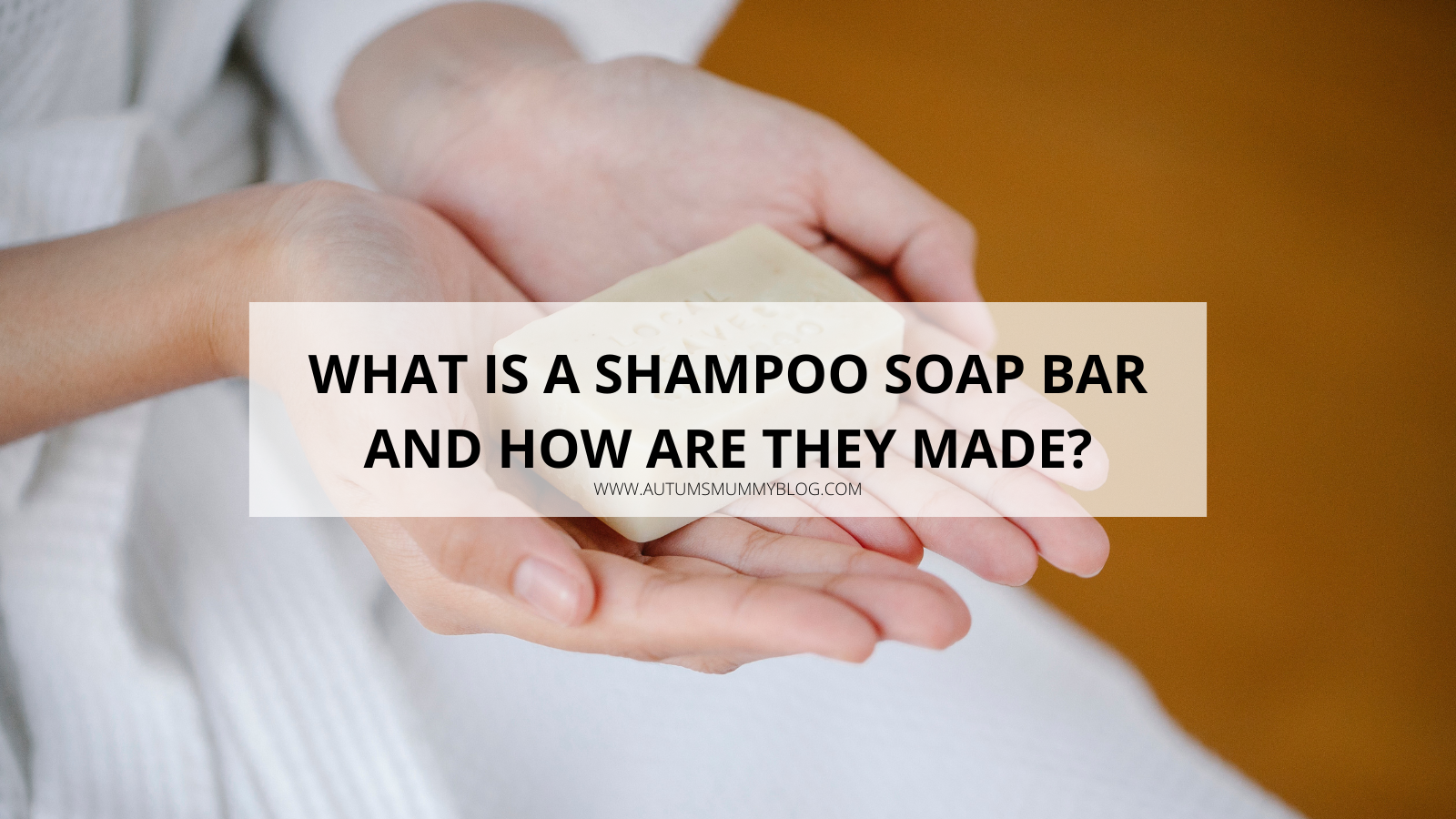Collaborative Post¦ In recent years, an increasing number of people have started to question what’s actually in the products we use to clean ourselves with, and look for healthier alternatives. A shampoo soap bar is a bar of soap that is specifically formulated for use on the hair, as opposed to traditional bars of soap that are meant for use on the body. These bars are typically made from a combination of natural ingredients that are designed to cleanse the hair and scalp, while also providing nourishment and moisture.
Ingredient
The process of making shampoo soap bars is similar to the process used when making ‘traditional’ bars of soap. The basic ingredients include oils or fats, which provide the base for the soap, and a caustic substance such as lye, which is used to turn the oils and fats into soap. While lye can be dangerous on its own, it’s all used up in the saponification process, meaning the end product is totally safe.
Making the base
To make a shampoo soap bar, the first step is to choose the oils or fats that will be used as the base. Common choices include coconut oil, olive oil, and castor oil, as they are known for their cleansing and moisturising properties. These oils are typically melted down, and then combined with the lye in a process called saponification.
Moulding the bar
Once the saponification process is complete, the soap is poured into moulds, and allowed to cool and solidify. Depending on the recipe, other ingredients such as essential oils, herbs, or botanicals may be added at this point for additional benefits – this is what makes shampoo bars smell so amazing.
After the soap has hardened and cooled, it can be removed from the moulds and cut into bars. The bars are then left to cure for a few weeks, during which time the remaining water evaporates, and the soap becomes harder and more long-lasting. Of course, the exact process will depend slightly on the manufacturer, and each soap maker will have their own tried and tested secrets that they use to make the perfect shampoo soap.
Benefits
Among other benefits, shampoo soap bars are generally considered to be more environmentally friendly than traditional liquid shampoos, as they don’t require the use of plastic containers. They also tend to last longer than liquid shampoos, as they don’t dry out, or become contaminated with bacteria.
Drawbacks
However, shampoo soap bars may not be suitable for everyone, as they can be drying for people with dry or damaged hair. They can also be difficult to lather in hard water. Ultimately, you need to explore a little and test what works for you, knowing that there’s no one-size fits all solution.
Overall, shampoo soap bars are a great alternative to traditional liquid shampoos, and they can even be made at home with a few basic ingredients and some basic soap-making knowledge. It’s a great way to make your hair care routine more sustainable and natural, for both yourself and the planet.
Disclosure: This is a collaborative post.
